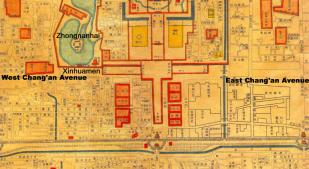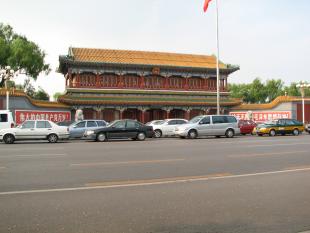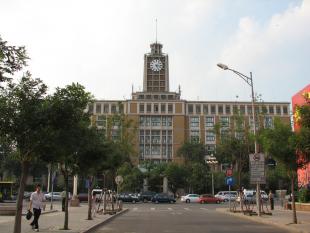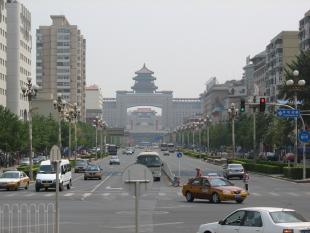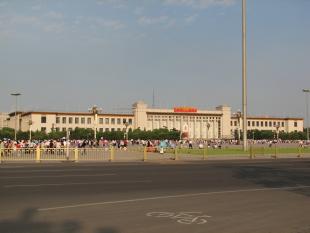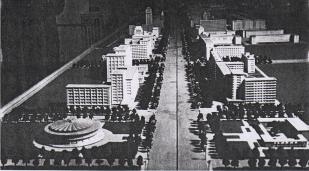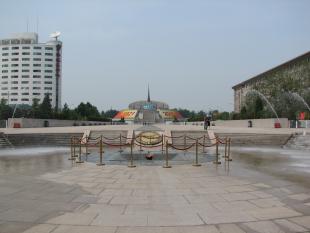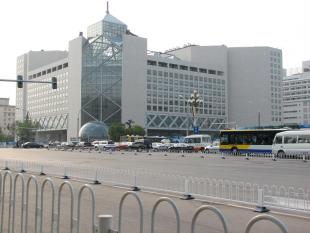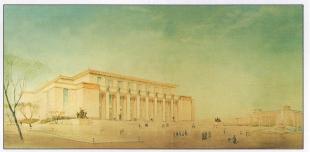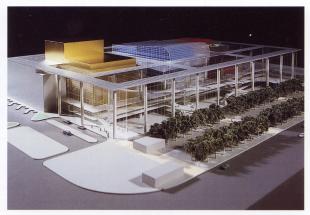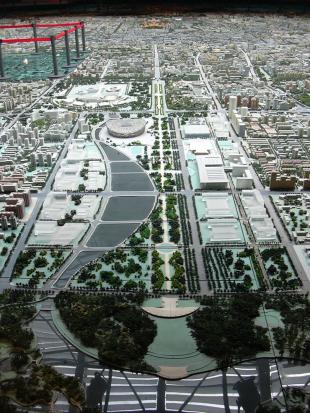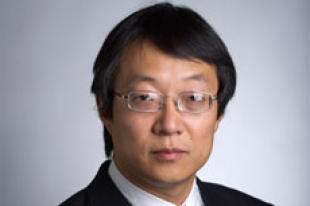Chang’an Avenue and the Modernization of Chinese Architecture
Shuishan YuIn this interdisciplinary narrative, the never-ending “completion” of China’s most important street offers a broad view of the relationship between art and ideology in modern China. Chang’an Avenue, named after China’s ancient capital (whose name means “Eternal Peace”), is supremely symbolic. Running east-west through the centuries-old heart of Beijing, it intersects the powerful north-south axis that links the traditional centers of political and spiritual legitimacy (the imperial Forbidden City and the Temple of Heaven). Among its best-known features are Tiananmen Square and the Great Hall of the People, as well as numerous other monuments and prominent political, cultural, and financial institutions.
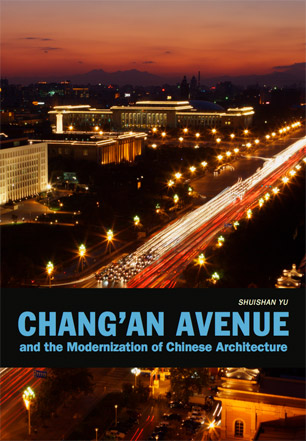
2012
- $60.00 cloth, 978-0-295-99213-6
- $60.00 ebook, 978-0-295-80448-4
- 344 pages
- 118 color illus., 7 x 10
